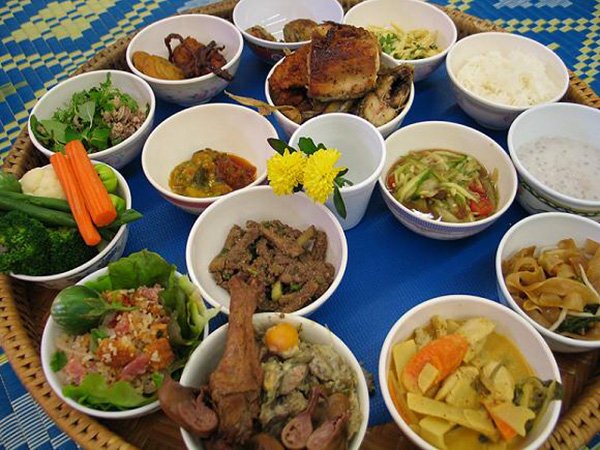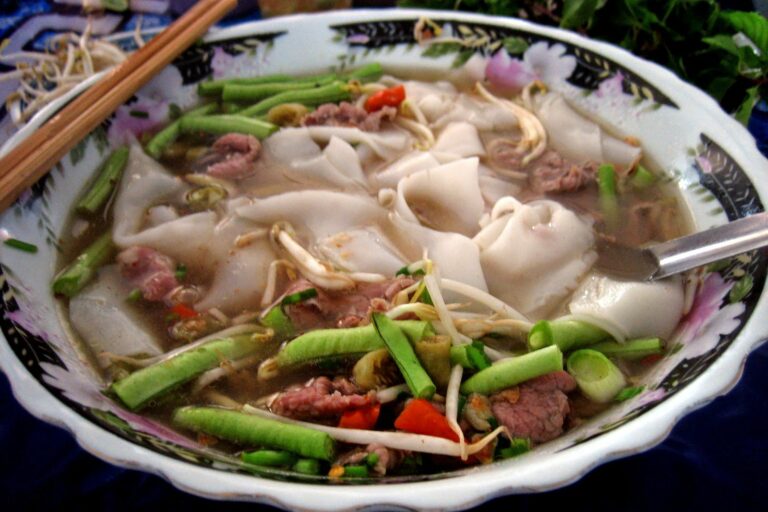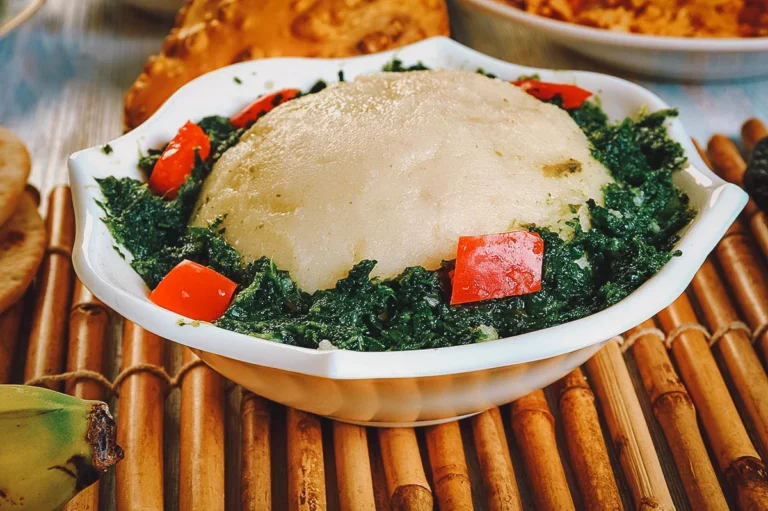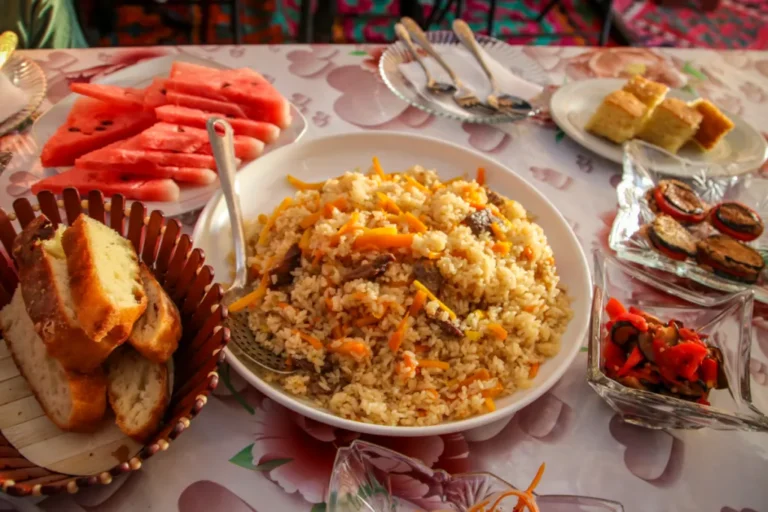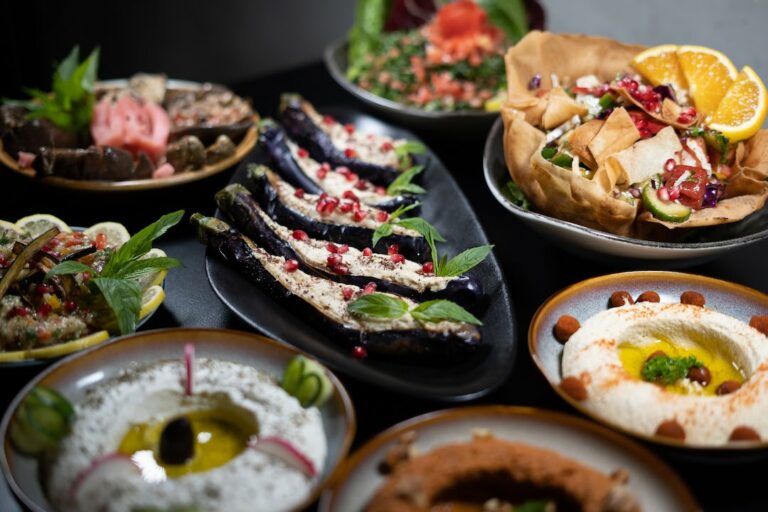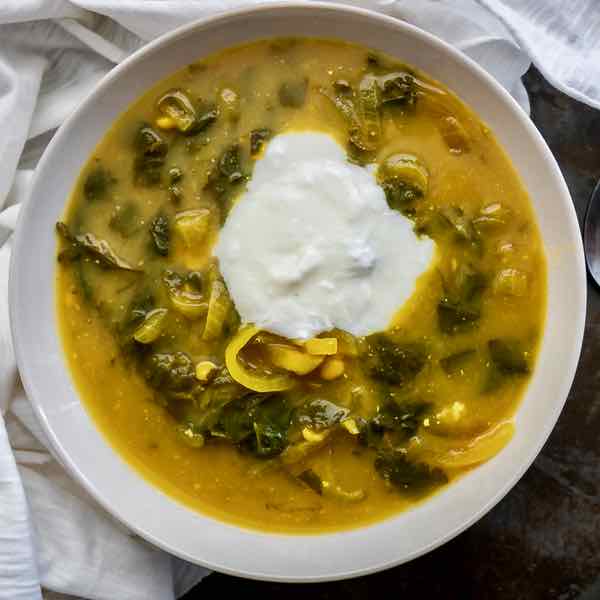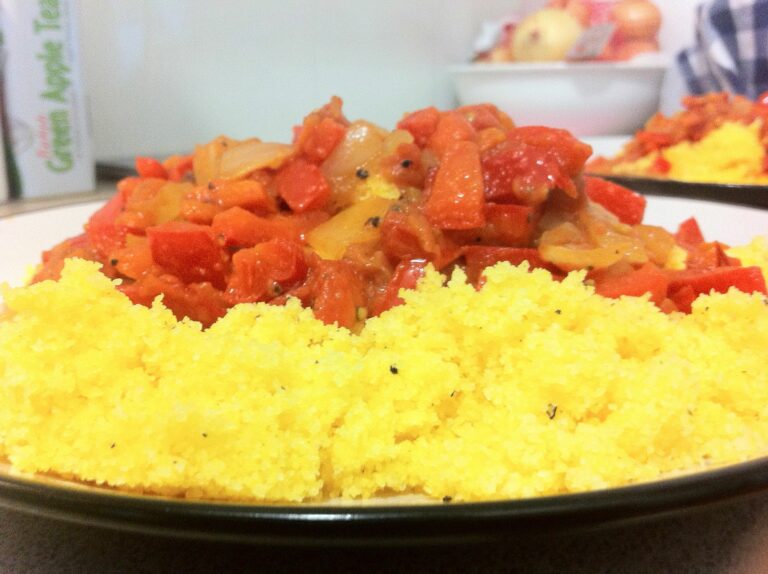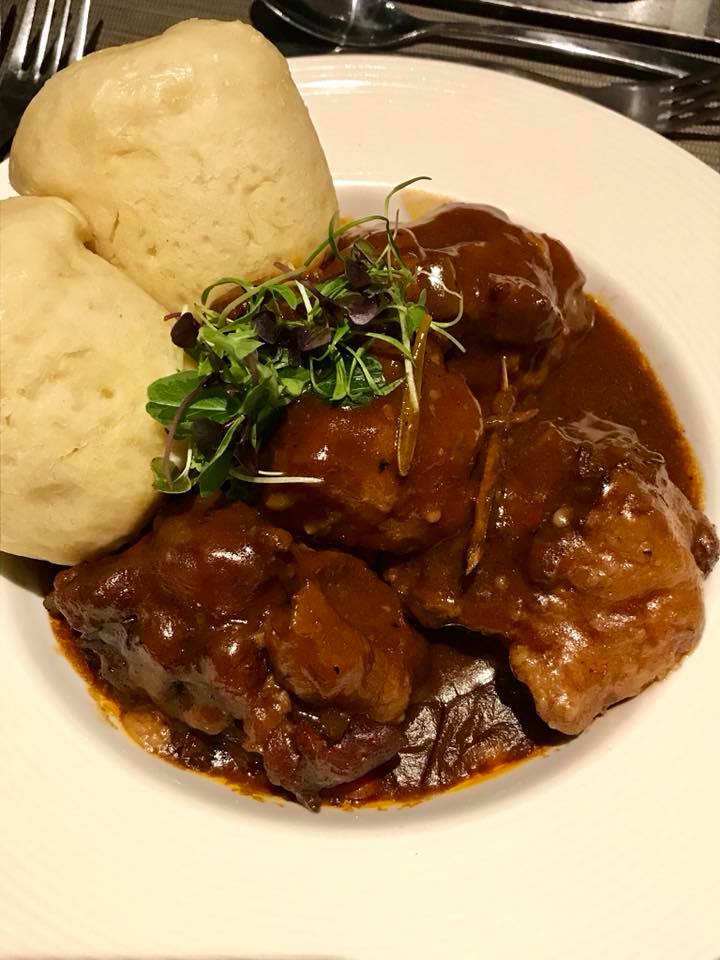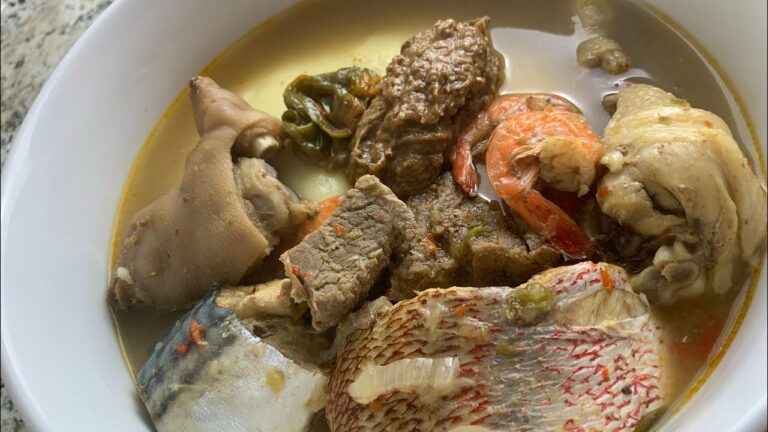Introduction: Laotian Agriculture and Cuisine
Laotian cuisine is a reflection of the country’s rich agricultural heritage. The fertile land and favorable climate in Laos have enabled the cultivation of a diverse range of crops, which have become key ingredients in traditional Laotian dishes. The cuisine is characterized by its bold flavors, use of herbs and spices, and incorporation of both meat and vegetarian options.
Laotian agriculture has been shaped by centuries of farming practices, with traditional techniques still being used in many parts of the country. These techniques have played a significant role in the development of Laotian cuisine, influencing the type of crops grown and the preparation of food. In this article, we will explore how Laotian agriculture and farming practices have influenced the country’s unique cuisine.
Rice as a Staple Crop in Laotian Cuisine
Rice is the staple of Laotian cuisine, and is grown in abundance throughout the country. Rice features in almost every meal, and is often served with a variety of other dishes. Traditionally, rice was grown using a technique called slash-and-burn, where the land is cleared by burning the forest, and the ashes are used as fertilizer. However, as the population has grown, more sustainable farming methods such as terracing and irrigation have been adopted.
Traditional Laotian Farming Techniques
Laotian agriculture is characterized by traditional farming techniques that have been passed down through generations. These techniques are often based on the belief that the land should be worked in harmony with nature. For example, farmers in Laos often use a technique called intercropping, where different crops are grown together to promote biodiversity and prevent soil depletion. Another traditional technique is crop rotation, where crops are rotated to improve soil fertility and reduce pests.
The Importance of Herbs and Vegetables in Laotian Cuisine
Herbs and vegetables play a crucial role in Laotian cuisine, with fresh ingredients being used to add flavor and texture to dishes. Many of these ingredients are grown in home gardens, which are an important source of food for families. Some of the most commonly used herbs in Laotian cuisine include lemongrass, coriander, and basil, while popular vegetables include eggplant, pumpkin, and bitter melon.
How Laotian Agriculture Influences Meat and Fish Dishes
Laotian agriculture has also influenced the country’s meat and fish dishes. Many of the ingredients used in these dishes are sourced from local farms and fisheries. For example, the famous Laotian dish larb is made with minced meat or fish, mixed with herbs and spices, and served with sticky rice. The meat used in the dish is often sourced from small-scale farms, where animals are raised using traditional, natural methods.
Modern Adaptations of Laotian Agriculture in Cuisine
In recent years, there has been a growing interest in sustainable agriculture in Laos, with farmers and chefs exploring new techniques to improve the quality and yield of crops. This has led to the development of modern adaptations of traditional farming practices, such as the use of organic fertilizers and pest control methods. These techniques have also been incorporated into modern Laotian cuisine, with chefs and restaurateurs using locally sourced, sustainable ingredients in their dishes. Overall, Laotian agriculture and farming practices continue to play a fundamental role in the country’s unique cuisine, offering a glimpse into the history and heritage of this fascinating country.

